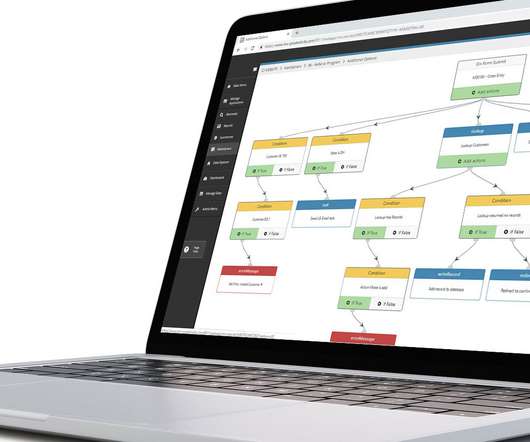Low-code: An Accelerator for Digital Transformation
CIO Business Intelligence
NOVEMBER 5, 2023
Digital transformation is expected to be the top strategic priority for businesses of all sizes and industries, yet organisations find the transformation journey challenging due to digital skill gap, tight budget, or technology resource shortages. Amidst these challenges, organisations turn to low-code to remain competitive and agile.














Let's personalize your content